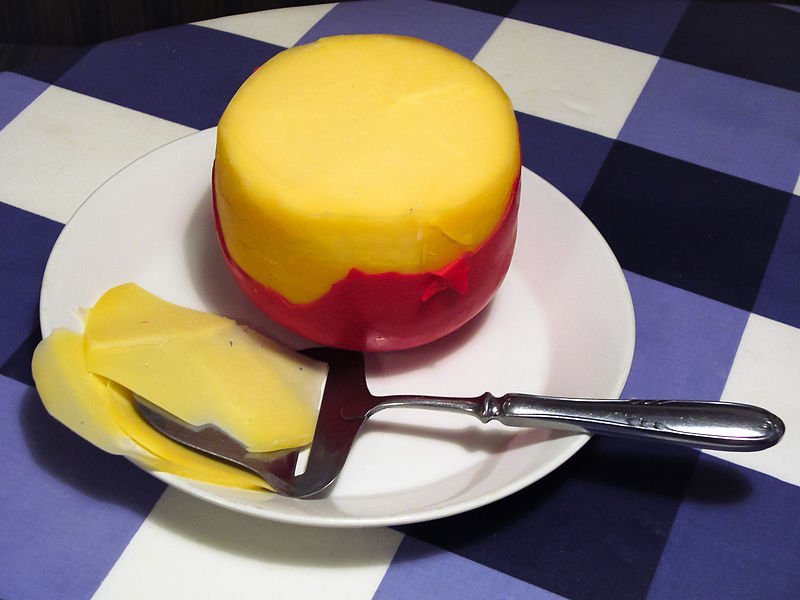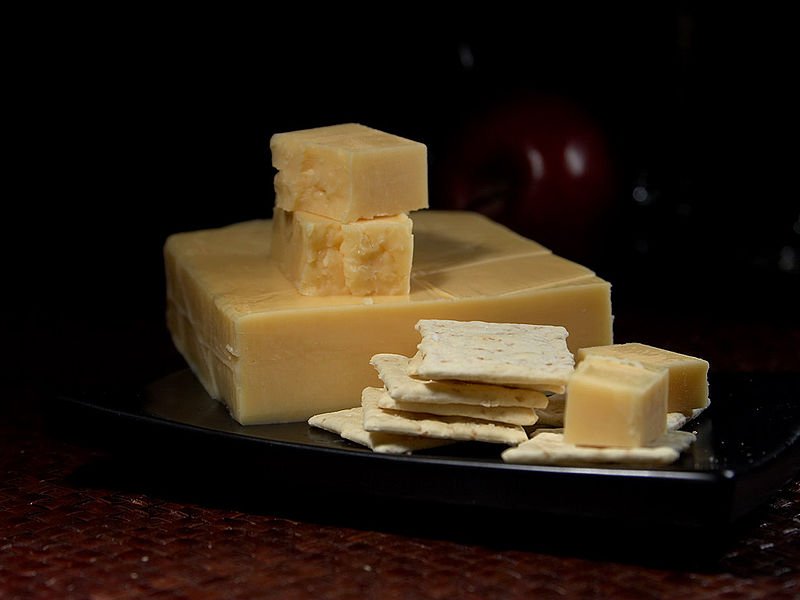Edam is a cheese produced in the Netherlands and might be one of the most popular cheeses in the world. It is a golden, creamy delight that has charmed a lot of people throughout the centuries, and today, it is now part of many different international cuisines. Let us know more about Edam cheese.
History
Edam cheese has been made in the Netherlands since the Middle Ages. It originated in the Dutch city of Edam where it got its name from. It was the most famous cheese in the world from the 14th to the 18th century. During the Medieval period, the area of Edam was famous because of its fertile hinterlands and prosperous dairy industry. In the early history of the town, farmers started making a soft, yellow cheese and it was eventually named Edam cheese to differentiate it from other similar goods throughout the Dutch and international food market.
A lot of Dutch merchants kept their ships stocked with large quantities of Edam cheese during the Age of Exploration, because it can remain edible even after long sea voyages. This is because Edam cheese matures at a much slower pace compared to other cheeses. Its taste also remains stable for a longer period of time. This means that Edam cheese was a common sight in many Dutch colonies and it was added to other European traders’ inventories.
There are also some people who believed that Edam cheese was popular back in the time they were used by ships as bullets for their cannons. Well, true or not, it is a fact that Edam cheese is strong, big, and has the same shape as a bullet.
Having a versatile nature, Edam cheese has been added to international cuisines as the time passed, and is also treated as a delicacy. Many farmers who are working around Edam still make the famous cheese and sell them at a traditional market during summer. Even though Gouda is the most popular cheese in the Netherlands today, Edam cheese can be its best rival and is always available in the country.
In 2010, the European Union granted the term “Edam Holland” a PGI status. This means that all cheeses marked “Edam Holland” should be made in the Netherlands. They should also be made using cow’s milk curdled with calf rennet.
How Edam Cheese is Made
Edam cheese is made using partially-skimmed pasteurized cow’s milk. The milk will be heated to 86 degrees Fahrenheit, then bacteria will be added. After that, rennet will be added to create curds. The curds will then be cut into small pieces in heated to 104 degrees Fahrenheit. Then, the whey will be drained, molded, and pressed into small balls or wheels and salted. After that, it will be ripened at 50 degrees Fahrenheit.
Characteristics of Edam Cheese
Edam cheese has a pale yellow interior. Those which are exported outside the Netherlands are covered with a shiny red wax coating. Originally, it is to help preserve the cheese, preventing surface mold to develop. But today, aside from preserving the cheese better, the red wax coating also helps in marketing the cheese by giving it a noticeable look on the cheese counter.
But in the Netherlands, Edam cheeses are sold without wax coatings. You may only spot coated ones during high tourist season, to help tourists take the cheeses home easily.
There are Edam cheeses which are under 2 ½ pounds and they are called Baby Edams. They are meant to be eaten young, after weeks of being produced. Baby Edams usually have very supple texture and have a mild and nutty taste. Larger Edam cheeses on the other hand, are aged longer for them to develop a more complex flavor, making them drier and saltier.
Outside the Netherlands, Edam cheeses can be differentiated depending on the color of their wax coatings. A black wax indicates that it is aged for at least 17 weeks, a green wax means it is herb flavored, a brown wax means it has peppercorn flavor, and an orange wax indicates it has cumin flavor.
Edam cheese is comparatively low in fat content compared to other cheese and in dry matter, it only has 28 percent fat. But you can also get a vegetarian and lower-fat versions of Edam cheese.
Edam Cheese Pairings
Young Edam cheese can be paired with fruits such as apricots, cherries, melons, and peaches. Aged Edam cheese on the other hand goes well with pears and apples. Aside from these, Edam cheese can also be eaten along with crackers and biscuits.
When it comes to drinks, Edam cheese goes well with Pinot, Champagne, Chardonnay, Dry Riesling, and Shiraz.
Edam is another one of those cheeses that are made thousands of years ago and is still being made up to this day.


